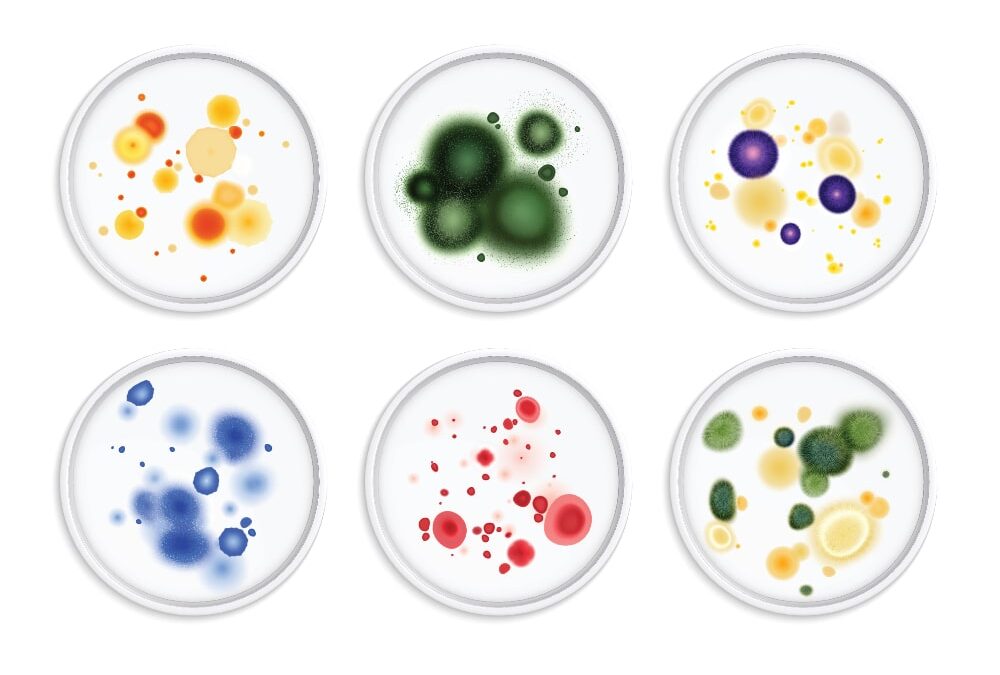Does the color of mold determine if it’s dangerous?
Mold colors can be quite diverse, but unfortunately, they don’t reliably indicate the specific type of mold. While it’s tempting to associate certain colors with particular molds, the truth is that mold identification is more complex. Here’s why:
- Color Variability:
- Molds come in various shapes, sizes, and colors.
- A single patch of mold can exhibit multiple colors or even change color over time due to factors like food source, humidity, and light exposure.
- Identifying Mold:
- Laboratory analysis is the most accurate way to identify mold species.
- Experts examine the structure, spores, and growth morphology under a microscope.
- Color alone isn’t a reliable distinguishing characteristic.
- Common Mold Colors:
- Green: The most common mold color. It can represent various molds, including Aspergillus, Penicillium, and Cladosporium.
- Black: Infamous for toxic black mold, but not all black molds are toxic. Stachybotrys chartarum is the dangerous one, producing mycotoxins.
- Alternaria: Another black-colored mold, less dangerous than Stachybotrys. It usually grows outdoors but can be found indoors.
- Aspergillus: A common fungus that you likely breathe in daily12.
- Health Risks:
- Regardless of color, mold indicates moisture problems in your home.
- Toxic molds like Stachybotrys can cause serious health issues, while others may only exacerbate asthma or cause mild symptoms.
- If you suspect mold, address it promptly and consider professional help for toxic molds

